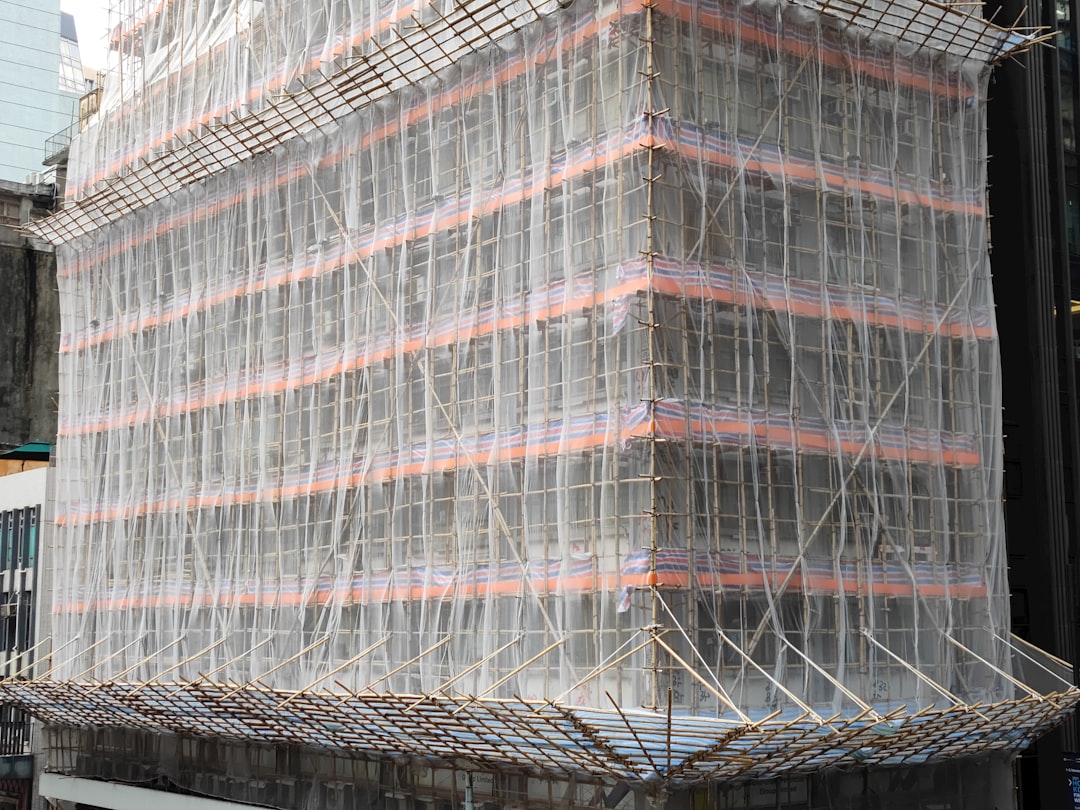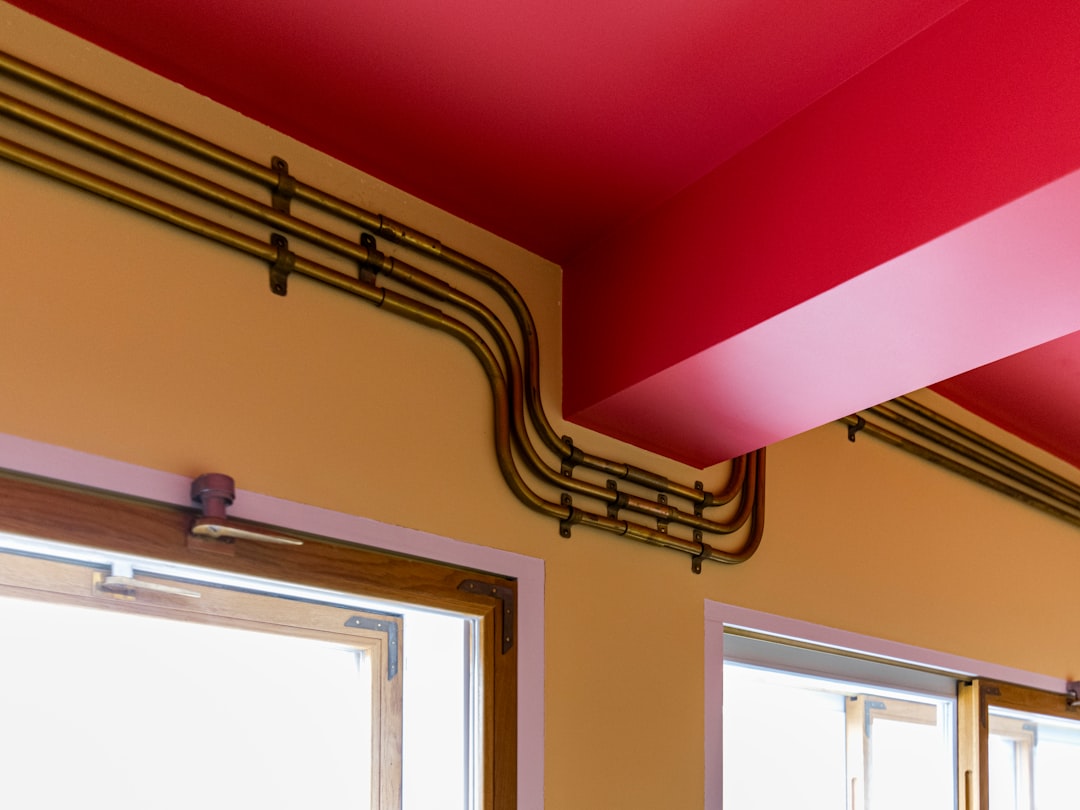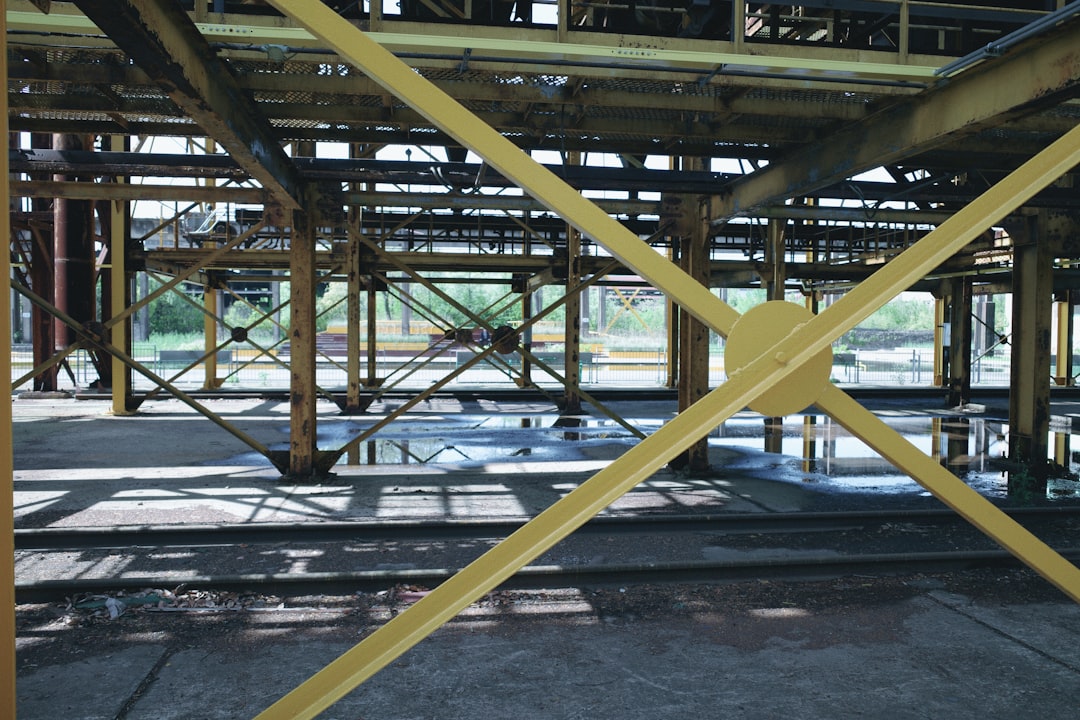

Engage prospects with a scan and streamline customer engagement with FREE QR code marketing tools by Sona – no strings attached!
Create a Free QR CodeFree consultation

No commitment

Engage prospects with a scan and streamline customer engagement with FREE QR code marketing tools by Sona – no strings attached!
Create a Free QR CodeFree consultation

No commitment
QR codes have evolved from a novelty to a strategic powerhouse for bridging offline engagement with online action. For mechanical insulation contractors, QR codes offer a seamless and effective method to boost lead generation, customer education, and operational transparency without the need for an app download or complicated setup. Explore practical tactics in qr codes in marketing.
The mechanical insulation industry is undergoing significant changes as customers demand higher efficiency, regulatory compliance, and measurable energy savings. Reference current industry standards. However, many firms still rely on outdated brochures and manual tracking, missing high-value prospects who engage with their materials but do not leave a digital trail. This leads to lost opportunities when anonymous visitors go untracked or engagement signals are missed. Sona is an AI-powered marketing platform for identity, activation, and attribution. See Sona’s account identification to turn unknown traffic into named accounts.
By implementing QR codes at every physical touchpoint, from job site signage to equipment tags, mechanical insulation contractors can simplify communication, capture previously invisible engagement, and streamline project workflows. This approach unlocks actionable data that empowers both marketing and operations, driving growth, efficiency, and timely engagement across your insulation business. Browse Sona QR’s use case library for ideas across print and field assets.

QR codes bridge the gap between physical touchpoints and digital outcomes, making it easier to achieve objectives like lead quality, operational efficiency, and timely engagement. For contractors, the biggest wins occur when you replace analog processes that create friction with QR-enabled journeys that deliver speed, clarity, and trackability. Think about printed spec sheets that never reach the right buyer, paper inspection forms that get lost inside binders, or manual sign-up sheets that cannot be read or synced to your CRM. QR codes eliminate these bottlenecks and transform physical activity into data-powered action.
Start by aligning QR use cases with the moments your customers and crews already experience. Job site signage can route prospects to a quote form, equipment tags can unlock safety documentation, and trade show handouts can tie education to measurable follow-up. With a consistent framework across placements, you can quickly see which touchpoints generate the most qualified interest and adapt in real time. Platforms like Sona QR make it straightforward to design, deploy, and optimize codes while capturing scan analytics for attribution and remarketing.
For example, contractors who replaced printed specification packets with scannable QR codes linked to dynamic spec libraries saw more complete data capture and faster sales cycles. Scans feed directly into their CRM, triggering alerts for sales when a plant engineer downloads a thermal performance guide or a GC requests a site walk. What once felt like anonymous interest now becomes a trackable signal that your team can act on immediately. With Sona QR, you can update the destination content without reprinting, roll out unique codes per job or region, and measure performance across placements in one dashboard. Link spec sheets to digital catalogs to keep content current.

The work of mechanical insulation contractors is inherently physical. Jobs are won in the field, documentation is reviewed on job sites, and most first impressions occur through trucks, signs, and binders. QR codes solve persistent visibility and workflow issues by turning every physical asset into a measurable digital gateway, aligned with industry trends.
Applied to typical industry materials, QR codes lift performance across the board. Appointment cards route to calendar scheduling, yard or perimeter signage triggers quote forms, printed proposals link to scope visualizations or add-on options, and equipment labels connect to O&M instructions. Each scan becomes a data point you can measure and improve.

You do not need a single type of QR campaign. Different formats support different objectives, from lead capture to compliance. The key is to match the format to the moment and the audience.
For most mechanical insulation scenarios, dynamic web link and form-based QR codes deliver the highest return because you can update destinations, track scans, and connect intent to your CRM. Sona QR supports all these formats, lets you manage them centrally, and provides analytics to optimize each placement.

Finding growth is about meeting your audience where they already are. In mechanical insulation, that means job sites, facilities, and field interactions. Strategic placement turns passive exposure into measurable outcomes.
Across these placements, the guiding principle is consistency. Clear calls to action, durable materials, and scan-ready positioning turn each touchpoint into a reliable lead source and documentation gateway.

QR codes span both the customer journey and the operational workflow. The best use cases deliver value to the end user and produce data your team can use to improve performance.
Additional high-impact applications include QR-enabled pre-job safety briefings, digital change order requests, rebate eligibility checks, and progress photo uploads. Each use case replaces an analog step, speeds decision-making, and generates data that would otherwise be lost.
Every scan is a signal. It tells you something about interest level, context, and timing. By deploying multiple QR codes across your network of materials and touchpoints, you can segment audiences automatically and tailor follow-up accordingly. For campaign strategy, use Sona’s intent retargeting playbook.
Start by aligning codes to journey stages. Education-focused codes on brochures and trade show signage bring prospects into your content hub. Consideration-stage codes on case studies and spec comparisons show deeper interest. Conversion-stage codes on estimates, pricing sheets, and scheduler links surface purchase intent. Tag each code with metadata for stage, location, asset type, and campaign so your analytics and CRM reflect real behavior.
For mechanical insulation specifically, meaningful distinctions include facility managers vs. general contractors, retrofit prospects vs. new construction, industrial plants vs. commercial buildings, and EHS officers who value compliance vs. procurement teams focused on total cost of ownership. With Sona QR, you can manage these segments from one dashboard, trigger alerts to sales, and iterate based on real engagement.
QR codes act as connective tissue across your marketing channels. They make print measurable, in-person events actionable, and field assets intelligent. The result is a multi-channel engine where offline exposure leads to online data and conversions.
Use QR codes to enrich every major channel you rely on. Printed collateral can point to calculators and demos. Trucks and job signs can initiate quote requests. Training videos and digital signage can guide crews and customers to deeper content. By assigning a unique QR code to each asset, you can see what truly works and allocate budget accordingly with multi-touch attribution.
Managed in a centralized platform like Sona QR, these codes become a tightly integrated layer across your campaigns. You can update destinations in real time, standardize UTMs, and push engagement data into your CRM for coordinated follow-up.
Clarify your primary objective before you print a single code. Are you trying to increase qualified quote requests, accelerate compliance document access, or collect post-installation feedback that feeds reviews and referrals? Tie the use case to a specific business outcome so that your team knows what success looks like. Browse Sona QR’s use case library for options.
Select the QR format that matches your goal. Most growth goals benefit from dynamic QR codes since they are trackable and editable.
A well-designed QR is more likely to be scanned. Match the design to the environment and make the call to action obvious.
Prioritize the placements that align with your growth plan and audience behavior. Roll out in waves so you can learn quickly and iterate.
Measurement is what elevates QR codes from a convenience to a strategic growth lever. Treat every code as a data-generating asset.
Contractors often struggle to link field interactions with business outcomes because engagement is offline, fragmented, and untracked. QR codes change that by creating a reliable record of who scanned, where, and when, while platforms like Sona connect those events to pipeline and revenue.
With the right setup, you can view QR performance at a granular level. Which vehicle wrap produces the most quote requests, which job site signs generate MSDS downloads, which trade show assets drive follow-up meetings, and which placements contribute to closed-won deals. This visibility turns your offline channels into an accountable part of your marketing mix.
When you can see which physical placements generate pipeline and revenue, you can rationalize your spend on print, vehicles, and event collateral. The outcome is a more balanced, data-informed growth strategy that includes both digital and real-world channels.
Successful QR deployment depends on consistent execution, clear CTAs, good analytics hygiene, and staff enablement. Start with a few high-impact placements, measure performance, and scale what works.
Two creative deployment ideas for this vertical: add QR codes on removable insulation covers to launch a 60-second reinstallation video that reduces maintenance errors, and include a QR on invoices that opens a rebate eligibility checker with a pre-filled project ID. Both ideas reduce friction for customers and generate valuable engagement signals for your team.
QR codes provide mechanical insulation contractors with a streamlined method to transform everyday materials and field assets into valuable digital touchpoints. By embedding these codes across your business, you create frictionless journeys, convert more interest into qualified opportunities, and generate data-driven insights that inform smarter decisions. The result is a connected experience that moves prospects from awareness to action while simplifying documentation and compliance.
The industry’s shift toward efficiency, transparency, and measurable outcomes favors contractors who modernize their offline-to-online workflows. A data-driven QR strategy closes the loop on print and field interactions, elevates customer experience, and proves the ROI of channels that used to be guesswork. With Sona QR, you can generate and manage dynamic codes, track scans in real time, and sync insights with your CRM and analytics stack. Start creating QR codes for free. When every surface becomes a digital entry point, your next job is only a scan away.
QR codes have revolutionized the mechanical insulation contracting industry by transforming traditional project management and client communication into seamless, interactive experiences. Whether it’s streamlining access to installation guidelines, enabling quick equipment verification, or providing real-time updates on project status, QR codes empower contractors to enhance operational efficiency and elevate customer satisfaction. Imagine instantly connecting your clients and field teams to critical information with a simple scan—saving time, reducing errors, and driving project success.
With Sona QR, you can create dynamic, trackable QR codes tailored specifically for mechanical insulation workflows. Update information on the fly without reprinting, monitor scan data to optimize processes, and link every interaction directly to improved project outcomes. No more guesswork—just clear insights that translate into better service and stronger client relationships.
Start for free with Sona QR today and unlock the full potential of QR codes to streamline your contracting operations and deliver measurable results.
QR codes help mechanical insulation contractors boost lead generation, improve customer education, enhance operational transparency, and convert physical touchpoints into measurable digital engagement without requiring app downloads.
Contractors should select platforms like Sona QR that support dynamic QR codes, provide analytics, allow real-time content updates, integrate with CRM systems, and offer centralized management for optimization and attribution.
Common QR code formats include web links for quote requests and product specs, vCards for contact sharing, forms for inspection and booking, PDF downloads for safety and warranty documents, and SMS or pre-filled emails for quick communication.
QR codes provide instant access to thermal performance guides, energy savings calculators, and compliance checklists that help customers and crews make informed decisions and ensure efficient insulation practices.
Key steps include defining campaign goals, choosing the appropriate QR code type, designing and testing codes for durability and clarity, deploying across high-impact channels like job sites and fleet vehicles, and tracking and optimizing performance using analytics.
By placing QR codes on equipment and documentation to provide instant access to up-to-date safety checklists, O&M instructions, and compliance certificates, contractors can reduce delays, improve safety, and maintain regulatory standards.
QR codes are inexpensive to produce and easy to deploy at scale, replacing manual workflows with efficient digital experiences that save time and reduce operational costs.
QR codes help deliver timely access to safety documentation such as MSDS sheets, inspection logs, and pre-job safety briefings, supporting compliance with industry regulations and reducing onsite risks.
By reducing the need for printed brochures and paper forms, QR codes minimize paper waste and enable contractors to keep content current digitally, contributing to a more sustainable operational approach.
Using platforms like Sona QR, contractors can track scan data by location, device, and campaign, analyze conversion rates, integrate scan activity with CRM systems, and attribute revenue to specific QR code placements for data-driven decision making.
Use Sona QR's trackable codes to improve customer acquisition and engagement today.
Create Your FREE Trackable QR Code in SecondsJoin results-focused teams combining Sona Platform automation with advanced Google Ads strategies to scale lead generation

Connect your existing CRM

Free Account Enrichment

No setup fees
No commitment required

Free consultation

Get a custom Google Ads roadmap for your business






Launch campaigns that generate qualified leads in 30 days or less.
